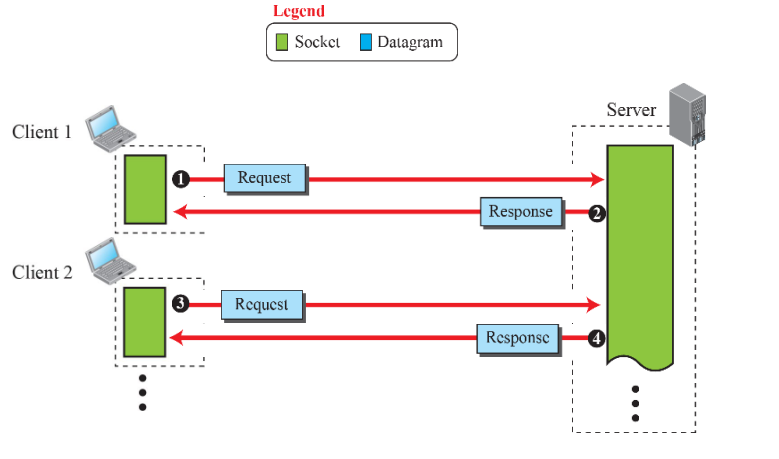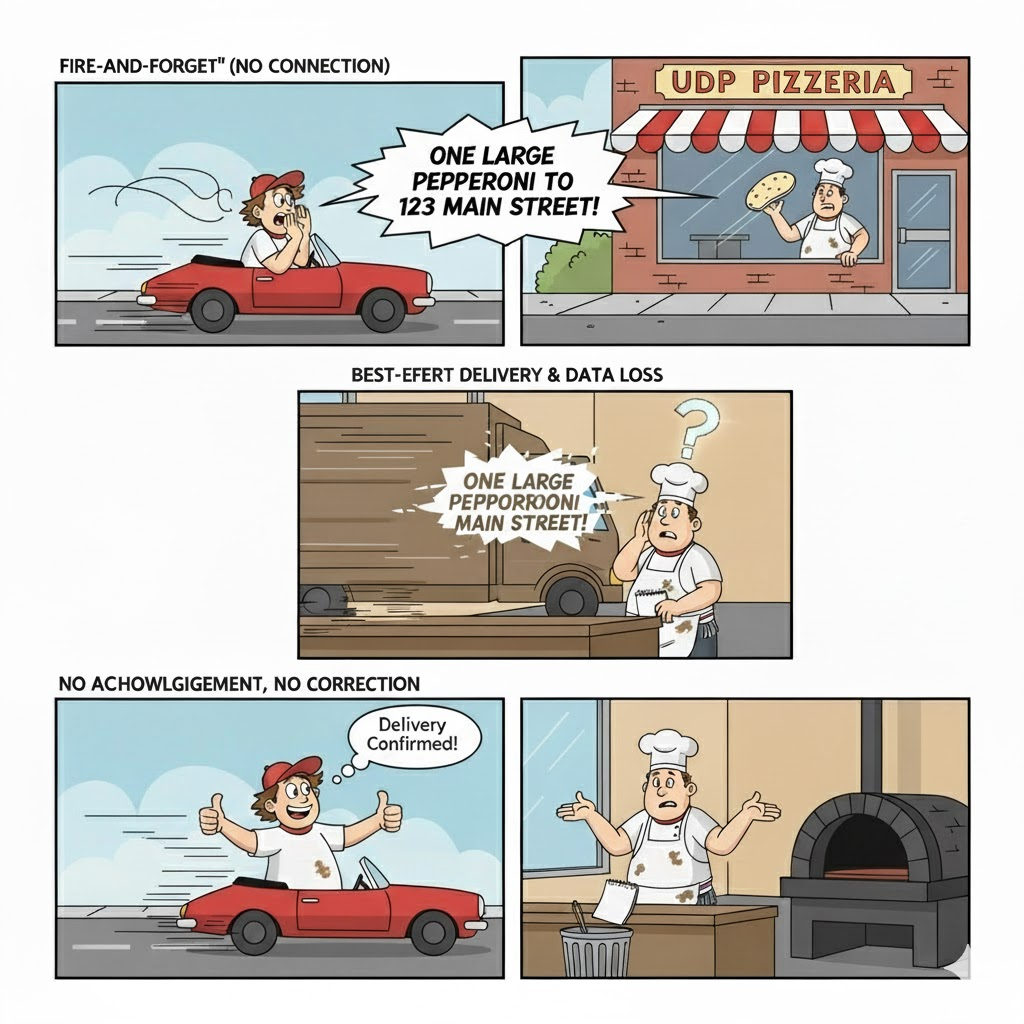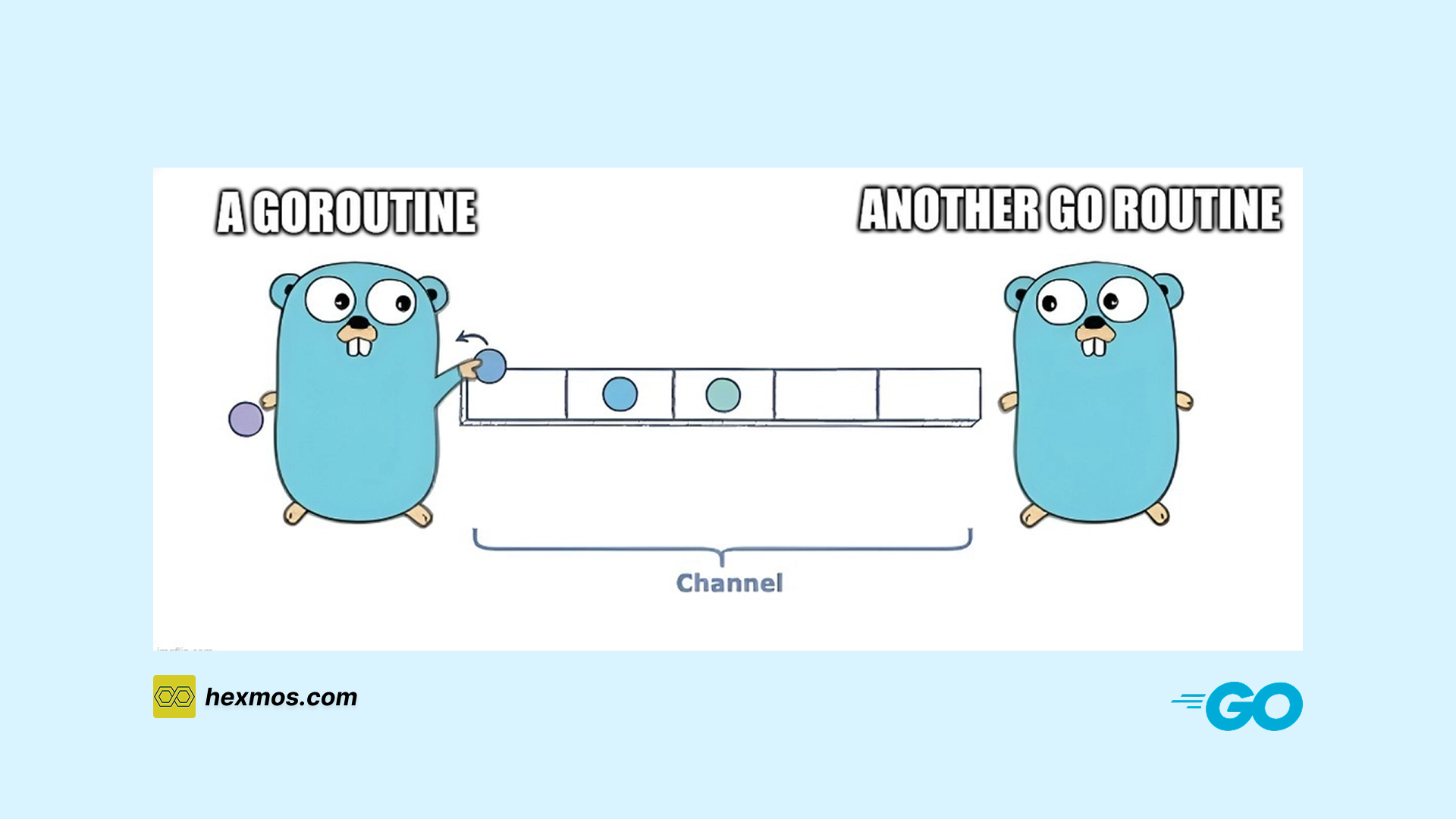How TCP and UDP Protocols Work: Understanding Their Critical Role in Internet Communication
How does data travel from a server to your screen in a split second? What is the logic behind it? What rules and protocols does it use that make it all work?

Two of the most important players in this process are TCP and UDP.
Think of them as two different types of postal services.
One is like sending a tracked, registered letter that requires a signature, while the other is like dropping a quick postcard in the mailbox.
Both get the message across, but they are designed for very different jobs. Let's break down what they are, how they work, and when you'd use one over the other.
Logic Behind Each Protocol
The biggest difference between TCP and UDP comes down to a simple trade-off: do you need every single piece of data to arrive perfectly, or do you need the data to arrive as fast as possible?
TCP (Transmission Control Protocol) is the reliable option. It's built to guarantee that every packet of data sent from a source arrives at the destination, and in the correct order. It achieves this using two key mechanisms:
-
Sequence Numbers: TCP labels every data packet with a number. This allows the receiving computer to reassemble the packets in the right order, even if they arrive jumbled.
-
Acknowledgments (ACKs): When the receiver gets a packet, it sends back an acknowledgment, or an "ACK," telling the sender, "I got packet #5!" If the sender doesn't receive an ACK for a specific packet, it assumes it was lost and sends it again.
This back-and-forth checking makes TCP incredibly robust, but all this coordination adds extra work, which we call overhead.
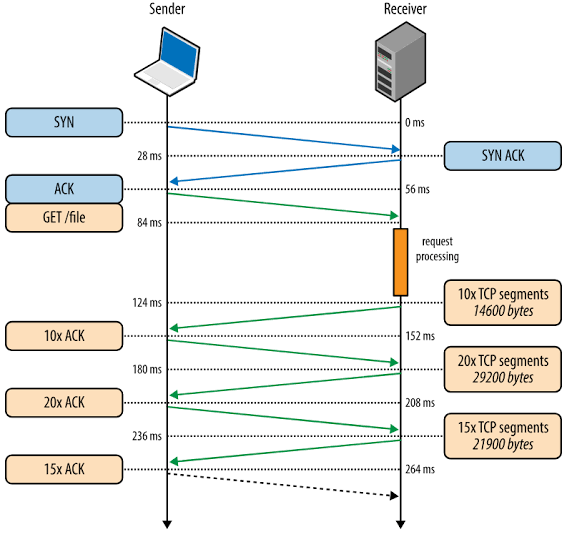
UDP (User Datagram Protocol) is the speedy, "best-effort" option. It's designed for low overhead and high speed. UDP sends packets out but offers no guarantees. It doesn't know if the data arrived, if it arrived in order, or if it was corrupted along the way. It's like dropping that postcard in the mail—it's fast and simple, but you're not entirely sure it will get there.
Difference Between TCP and UDP
This difference in reliability stems from how each protocol starts a conversation.
TCP is connection-oriented.
Before it sends any actual data, it performs a process called a three-way handshake. It's the digital equivalent of a phone call:
-
Computer A to Server B: "Hi, are you there? I'd like to connect." (This is a SYN packet)
-
Server B to Computer A: "Yes, I'm here and ready to connect." (A SYN-ACK packet)
-
Computer A to Server B: "Great, here comes the data!" (An ACK packet)
Only after this formal connection is established does the data transfer begin.
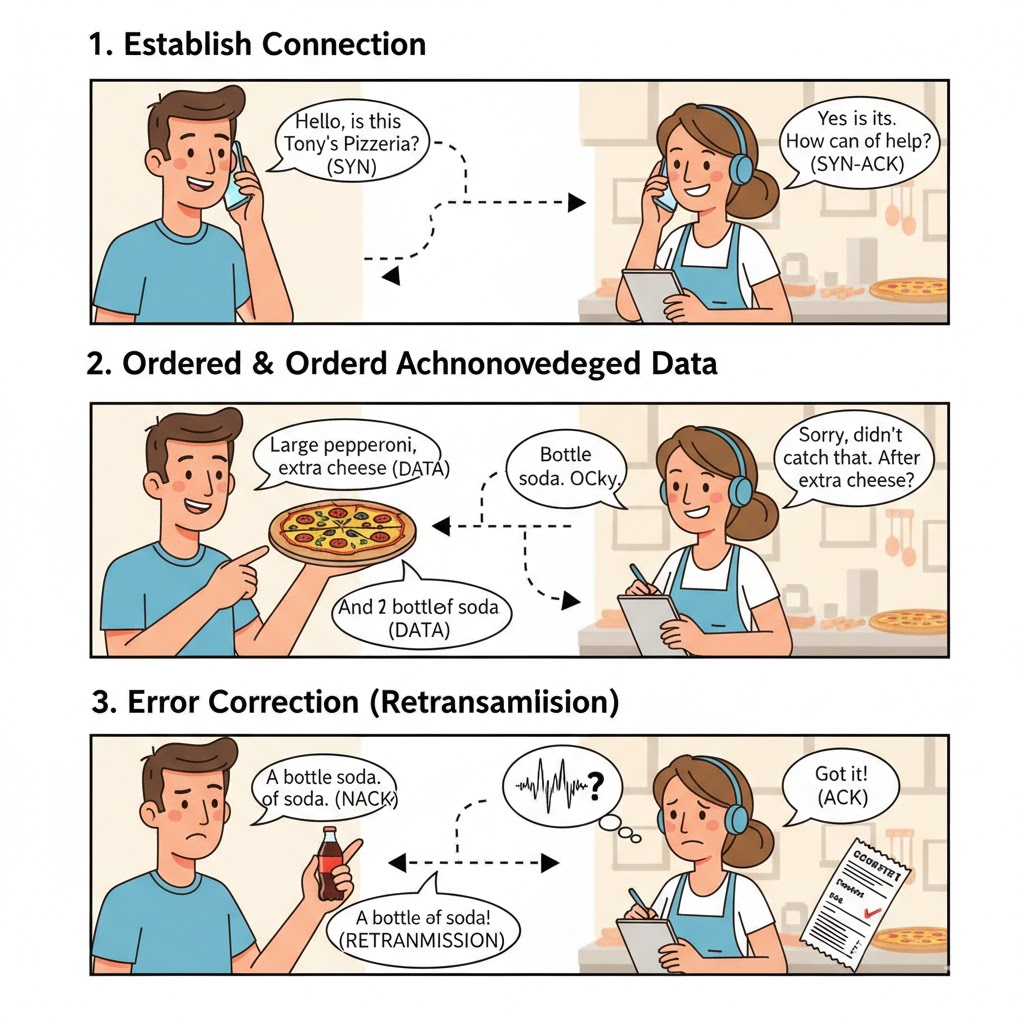
UDP is connectionless.
It performs no setup at all. Like writing a postcard, it just puts the destination address on the packet and sends it on its way.
This "fire-and-forget" approach is what makes it so fast and low-latency.
Latency is the technical term for the delay it takes for data to travel from sender to receiver.
Real-World Use Cases
This fundamental trade-off directly determines where each protocol is used.
Use TCP for Accuracy:
For applications where data integrity is critical, TCP is the only choice.
-
Web Browsing (HTTP/S): You need every piece of a website to load correctly. A missing packet could result in a broken image or a non-functioning page.
-
Email (SMTP): You can't afford to have words or sentences missing from your emails.
-
File Transfers (FTP): A single corrupted bit can make an entire program or document unusable.
Use UDP for Speed:
For applications where speed is more important than perfect data, UDP shines.
-
Video Streaming/Conferencing: If a tiny piece of a video frame is lost, it's better to just skip it and move to the next one. Pausing the entire stream to wait for a retransmission would be a terrible user experience. A lost packet might just appear as a momentary glitch.
-
Online Gaming: In a fast-paced game, speed is everything. Receiving old, retransmitted data is useless. You need the most current information about the game state right now.
-
DNS Lookups: When your computer needs to find the IP address for a website, it sends a quick, small query. UDP is perfect for this fast request-response cycle.
Understanding in Terms of CAP Theorem
For those familiar with distributed systems, there's a powerful mental model to summarize this.
While the CAP Theorem (Consistency, Availability, Partition Tolerance) technically applies to databases, we can borrow its spirit.
If we assume network partitions (lost packets) are a given, the choice between TCP and UDP looks like a classic "CP vs. AP" trade-off:
-
TCP acts like a CP (Consistency over Availability) system. It prioritizes consistency (data reliability) and will sacrifice availability (by pausing the data stream) to ensure everything is correct.
-
UDP acts like an AP (Availability over Consistency) system. It prioritizes availability (speed) and will sacrifice consistency (by dropping packets) to keep the data flowing without delay.
Conclusion
TCP and UDP are foundational tools that power the internet, each designed with a specific philosophy.
TCP is the diligent, careful delivery service that guarantees your data arrives perfectly, making it ideal for web pages, emails, and files. UDP is the lightning-fast courier that prioritizes speed above all else, making it the perfect choice for streaming, gaming, and other real-time applications. The next time you watch a video or browse a website, you'll know which one of these digital workhorses is making it happen.
LiveReview helps you get great feedback on your PR/MR in a few minutes. Saves hours on every PR by giving fast, automated first-pass reviews. If you're tired of waiting for your peer to review your code or are not confident that they'll provide valid feedback, here's LiveReview for you.

LiveAPI: Interactive API Docs that Convert
Static API docs often lose the customer's attention before they try your APIs. With LiveAPI, developers can instantly try your APIs right from the browser, capturing their attention within the first 30 seconds.

